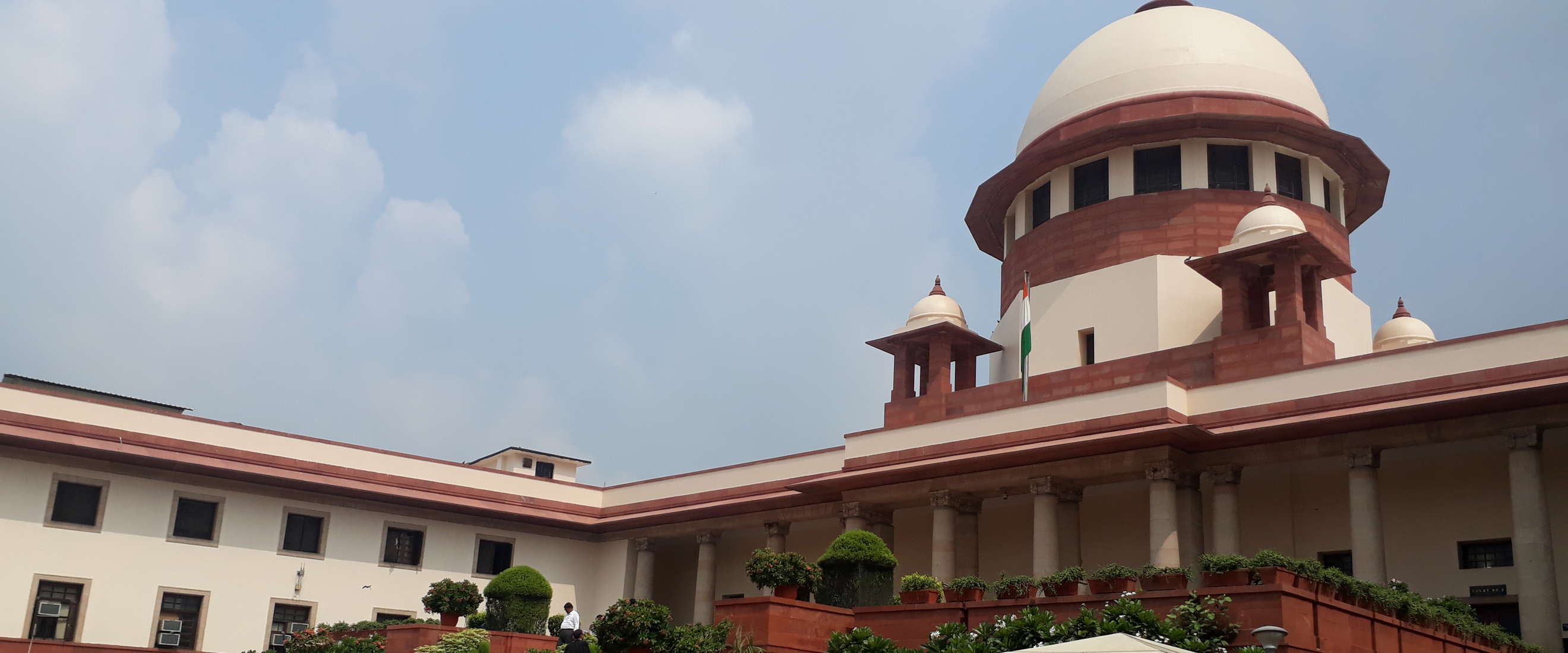Analysis
SC Upholds Multi-Member Wards for Municipalities in Gujarat
Supreme Court upholds Gujarat Municipal Law which allows multiple members from a single municipal ward to be elected to a local body.

On February 24th 2021, the Supreme Court, in Parmar Samantsinh Umedsinh v State of Gujarat & Ors, upheld a Gujarat municipal law that allowed multiple members to be elected to a local body from a single municipal ward. It confirmed that neither the Constitution’s scheme for Municipalities nor the empowerment of people through reservations was undermined by the Gujarat law. The judgment clarifies States’ powers to legislate on municipalities, which are local bodies governing towns and cities.
Section 5(3)(iii)(a) of the Gujarat Provincial Municipality Corporation Act, 1949 (‘the Act’) gives the State Government the authority to decide the allotment of seats in municipalities. Gujarat has historically had multiple councillors elected from each ward to urban local bodies. In 2014, the State Government issued a notification under the Act, changing the allotment of seats from three per ward to four. It also reserved two out of four seats for women, including SC/ST/OBC women. One seat in the relevant number of wards could also be reserved for SC/ST/OBC candidates.
The petitioners, Parmar Samantsinh Umedsinh and Narendra Ambalal Ravat are Congress party politicians. The 2014 notification prompted them to challenge the Act. Senior Advocate Kapil Sibal led the arguments, making two primary submissions. First, the Constitution did not allow for multi-member wards in its municipal scheme. Second, those multi-member wards undermine the goal of empowerment of the ‘downtrodden’ and women through reservations.
Bhushan J wrote the judgment for the three-judge bench. He rejected Sibal’s arguments. And noted that the petitioners’ first argument was anchored on Article 243S of the Constitution. This article lays out the composition of bodies known as ‘Ward Committees’. And it notes that the Ward Committees must consist of those who are ‘a member of a municipality representing a ward’.
It then goes on to mandate how a Chairperson of the Committee will be selected. If the Ward Committee consists of one ward, it is ‘the member of a municipality representing a ward’. If it consists of more than one ward, it is ‘one of the members…’ elected by the Committee. The Article makes no provision to elect a chairperson among multiple members for a single ward. The petitioners had thus argued that the Constitution did not allow for multi-member constituencies.
The Court reiterated that State legislation can only be challenged if there is an explicit bar to such legislation in the Constitution, read in whole. Thus, Bhushan J looked at other articles. Article 243ZA gives States the power to make legislation on elections to Municipalities. Article 243ZG bars the Courts from questioning legislation on the allotment of seats or delimitation of wards unless it violates the Constitution. These Articles provide a strong presumption in favour of State legislatures.
The Court then addressed the language in Article 243S, noting that no other article uses such a singular language. It also noted that the Article only dealt with the Ward Committee and its Chairperson, rather than the delimitation of seats. The Act could only be struck down if its provisions were ‘irreconcilable and inconsistent’ with the Constitution. The Court held that Article 243S mandated a process of election for the Chairperson. The process for multiple members from one ward was missing in the article. However, the State legislation, through its notified Rules, provides for an election among councillors for that ward. This, in the opinion of the Court, was sufficient to satisfy the Constitutional mandate.
Subsidiary arguments of consistency because the Lok Sabha and Vidhan Sabhas only allowed for one-member constituencies were summarily dismissed. The above approach of Constitutional interpretation was preferred. It was within the power of the State to legislate multi-member wards.
The petitioners also raised a separate argument regarding the aim of empowerment of the ‘downtrodden’ and women. The argument suggested that if there are four members in a ward, SC/STs and women cannot ‘effectively espouse’ their cause. The Court agreed with the premise that reservations served a dual purpose of participation and ‘improving their lot’. However, it held that an increased number of seats did not undermine this. Instead, it would further the aim by providing a higher number of reserved seats in total.